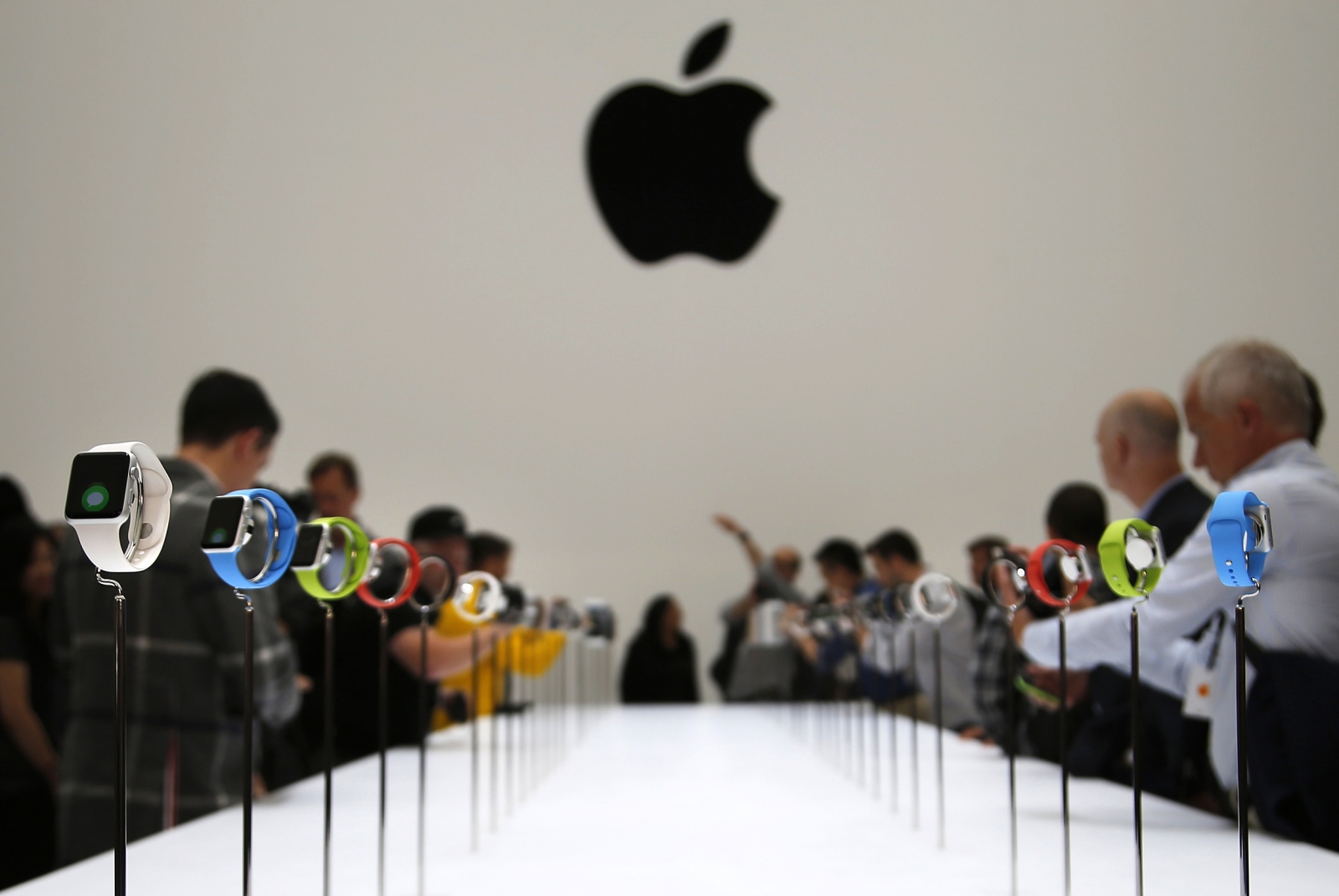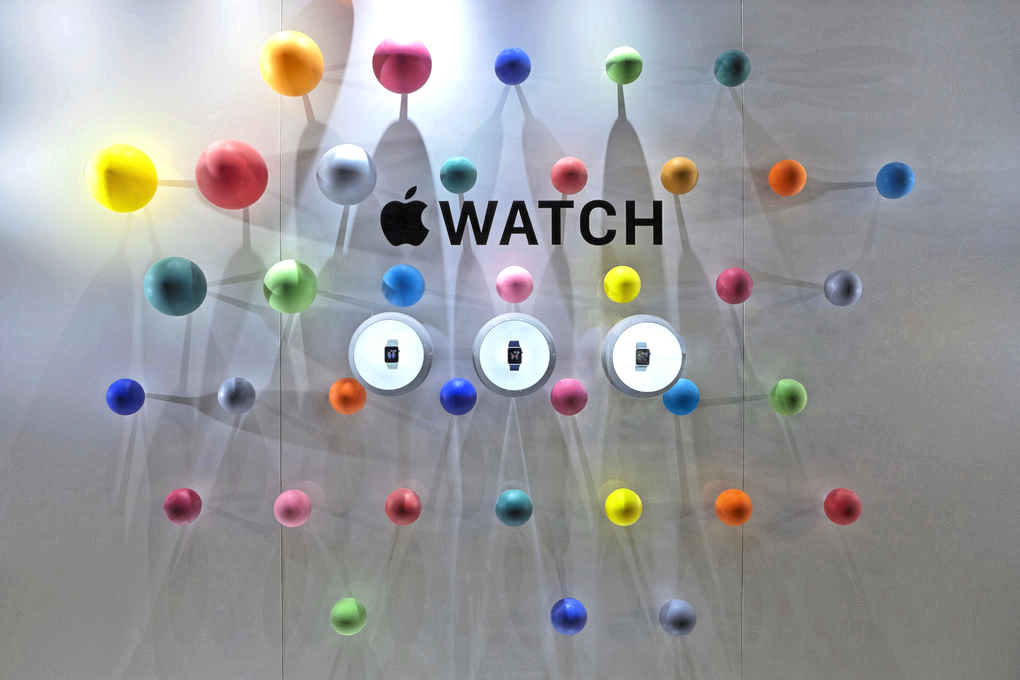Insights into the Apple Watch Launch – What are the Risks?
Over the years, Apple’s new product launches have become a global event, just like the Apple watch introduction. The secrecy surrounding upcoming products has been a great tool to build consumer attention. The product unveiling was covered by the media like a Presidential Inauguration. Once the curtain went up, it didn’t take long before the product hit the stores and consumers lined up to buy.
.
And then came September 9th, 2014, the announcement of the Apple Watch.
This time, the launch script was different. Tim Cook presented the Apple watch with the usual finesse and stunning imagery. He presented to the world a watch with a bold personality yet soft lines.
Availability? Next year.
What followed was an outburst of opinions and observations from the media, the watch industry, the fashion industry and millions of consumers from around the world.
The Swiss watch industry pretended to be unperturbed, quickly dementing that Apple is a real competitor to their industry. It didn’t take long before some operators announced that they began working on a smart watch. The sales potential seems to be too large to ignore.

The media had a field day. Coverage was widespread; from the Business Insider Australia reporting “Apple’s Watch could Crush Companies like Fossil“ to the Cult of Mac predicting “Demand for Apple Watch could use up third of world’s gold”. Well, perhaps the sky will fall down and we all wear a blue hat.
In public relations, every type of coverage has a value. There is a distinctive group who believes that the Apple watch is a high risk bet with a good chance of failing to meet its high expectations. The Wall Street Journal ran an article titled “Apple Seeks Identify for Smartwatch”. They question the product’s purpose in today’s world.
As much as Apple is a product company, management has given the brand a soul and consumers relate to that. The watch will have to be induced into this brand identity, which is a unique composition of many elements, well beyond form and function.
The recent in-depth profile in The New Yorker titled “The Shape of Things to Come” caught my attention. Sir Jonathan Ive, Head of Design at Apple, describes how the watch idea took shape inside the company. As part of the launch, he will redesign its store concept to accommodate the new product category. Perhaps, as stated in article, in the future Apple stores will feature a V.I.P. area, a typical design element of jewelry stores. Carpet will be installed to soften the environment. The company is actively hiring retail associates from the fashion and luxury industry who “speak the language” of luxury customers.

Apple has a coherent shopping environment. It does require some adjustments to allow the customer to experience this new, small and personal product while having solid loss prevention measures in place. However, the success or failure of the Apple watch will not depend on the store environment.
Consumer desire for a new product category is driven by two ingredients: brand attractiveness and a great product.
Apple is unquestionably loved by millions of consumers around the world. The product attractiveness, however, will only be known once the product hits the market. As a luxury industry insider I think that an incredible attention to detail went into the watch design. But taste is subjective and the verdict will be made by the aggregated consumer base, not a few industry experts.
Stores have a carefully orchestrated flow and interaction between customer, product and sales associates. I have witnessed brands changing their store architecture to accommodate new product categories, whereby disrupting a successful overall brand experience.
Apple will have to think about and address one serious challenge: product life span.
Irrespective of price point, consumers buy watches with an understanding that they will use it indefinitely. For precious watches, they are often handed down to the next generation.
This is very different to Apple’s early product diversifications. Music players as well as cell phones were technology products with a limited life span. Consumers expected to replace them within 12 to 24 months. The first iPods and iPhones were in that respect no different to their predecessors. Technology products become quickly outdated and practically worthless. Watches, on the other hand, maintain their value over time. In fact, mechanical watches often gain in value.
This consumer expectation places an Apple watch much closer to a fashion product. Perhaps that is why during last year’s Fashion Week the product was featured at Colette, the fashion-forward boutique in Paris. But if it is a fashion accessory, how will a precious solid gold watch fit into the strategy?
Time will tell.

Jan-Patrick Schmitz President & CEO
About the author: Jan-Patrick Schmitz is the founder of Muirbury & Co. He is a thought leader in the consumer space with extensive experience in international brand management. He has been a guest lecturer at a number of universities including Harvard Business School, George Washington University, New York University and the Fashion Institute of Technology.
